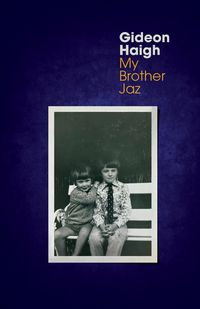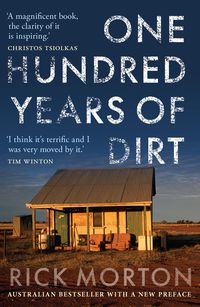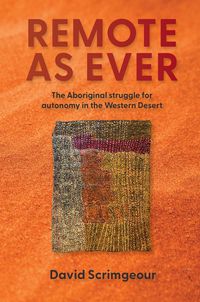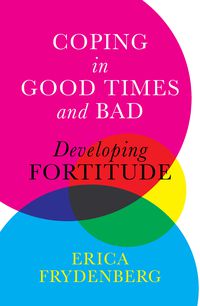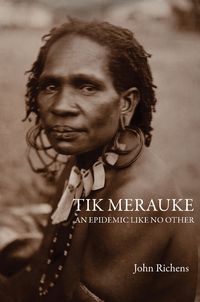←Back to Surviving Your Split
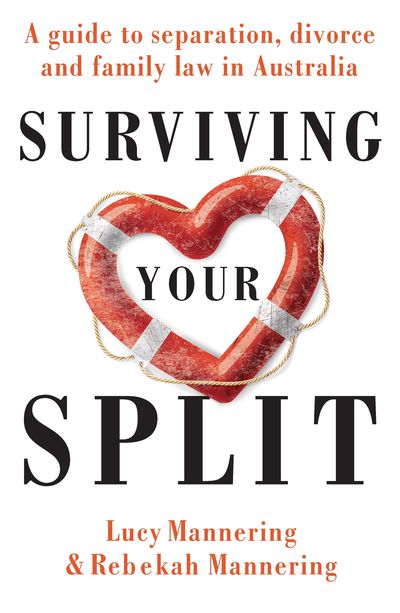
An extract from “Surviving Your Split”
Welcome to the club
Welcome to the club that you never wanted to join. When we stood in front of our family and friends and pledged until death do us part, we never thought we’d be among the 94 000 Australians who get divorced every year, and you probably didn’t, either. Or maybe you did—maybe your divorce has been a long time coming. Maybe you’re initiating it. Maybe your mum told you on your wedding day not to go through with it, like one bride we know. But then again, maybe it’s come completely out of the blue.
Or perhaps your de facto relationship, with houses or assets, children or fur-babies, or a mix of all of them, has come to an end.
Whatever route you’ve taken to get here, you’re splitting up. And it’s a scary, confusing time. For most people, divorce is what psychologists like to call a ‘major life crisis’, and it comes in at number two on the list of Really Horrible Things That Can Happen To Humans, just behind the death of a spouse or a loved one.
And yes, there may be times when you truly believe that your spouse dying would have been easier than the hell you’re going through now. If they were dead, you wouldn’t be facing the prospect of possibly losing your home and time with your kids, not to mention the embarrassment of your marriage ending. Right now, divorce might seem like the worst thing in the world.
But we’re here to say—you will get through this. We did. Rebekah separated from her first husband four months before Lucy separated from hers. And as lawyers, who grew up as the children of family lawyers, even we sometimes felt scared and confused as we navigated a strange new world that we never thought we’d be part of. We’ve also helped our friends with their separations and divorces, and we realised how valuable it is to have easy access to expert advice and support. We hope you’ll see this book as the next best thing to having a family lawyer as your best friend.
We know how to find our way around the bureaucratic nightmare that is the family law system, and we know how to ll in form J(2) a(ii) in triplicate and what a section 60I certi cate is, and where exactly to put the initials at the bottom of each page. We might not be awesome at first marriages, but this is about divorce, not staying married to your rst partner (because at that, we again admit, we’re not great).
So, given our experience both personal and professional in this field, we wrote this book. It’s for everyone who wants some help navigating the legal mine field that divorce can be, and who is looking for some tips on how to get through it with their life relatively intact—and with an even better, happier life on the other side.
It’s not anti-man or anti-woman, or anti-dads or anti-mums (we don’t really want to limit our potential audience like that; we’re not crazy, after all—we’ll take all the money). Most of all, it’s a book designed to help you through this difficult period in your life. Even the most toxic divorce is better than the alternative—staying in a toxic marriage.
We’ll look at how you can survive, and thrive, during and after your divorce. The book is broken into sections covering the bits many people find the most difficult aspects of ending a relationship— like the first few days, the first month, the first Christmas, and the first night without your kids. We’ve included case studies to help put into context the issues we discuss—most are from cases we, or our colleagues, have worked on, but some are stories we’ve been told by friends and family.
We know lawyers are expensive. We know they can be difficult to talk to. We know they say annoying things like ‘Well, the case of blah and blah said xyz, but really it’s hard to say what any given judge will decide on the day’, when you just want answers, dammit!
We know that you might not have any idea what’s first, or what’s next. This book isn’t an alternative to getting the best family lawyer you can find. You must get yourself a lawyer if you can. If you have no access to funds, or you have low funds, we’ll explain how to contact Legal Aid or another legal service assistance provider in your state. But what this book will do is help you understand the basics of the family law system, while saving you money by giving you the tools you’ll need to navigate through it.
With our help, you’ll be armed with the most up-to-date tips on getting the best outcome for you, and for your family, and how to do it without totally destroying your relationship with your former spouse. After all, they’re not going anywhere (especially if you’ve got kids—then they’re really, really not going anywhere) and you’ve got them in your life forever. Make it so you can look back on this stage of your life and say, ‘I behaved well, and fairly, even though I was so angry that I looked up whether provocation was still a partial defence to murder in my state’.
And although we’re not psychologists (if you can, you should see an actual psychologist), we’ve included a bit about the psychology of divorce, and attachment theory, and how grief works, which can help explain why you feel so very awful, even if you want to get divorced.
The book also includes worksheets that you can use (if you’re a worksheet kind of person) to help you make plans for your future, or to help you clarify in your mind what you really want, and to help you get a clear idea of questions you want to ask your lawyer. Studies have shown that writing things down makes us much more likely to implement our plans, and helps us realise what we actually want to achieve, and what questions we need to ask. The vast majority of businesses have business plans, and the worksheets are a way of using these techniques to help you through this time.
And remember—marriages come and go, but divorce is forever!
Safety note
The sad truth is that the most dangerous time for a woman is when she is leaving a relationship. In 2015, eighty women were killed by their domestic partners in Australia. If you have any reason, or even if you only think you might have a reason, to fear your partner, male or female, there is help available by calling 1800 RESPECT.
A few statistics
According to the Australian Bureau of Statistics:
- There were 113 595 marriages and 46 517 divorces in Australia in 2015. (This doesn’t of course include the many de facto partnerships that Australians entered into and left in that year, so the actual numbers are much higher.)
- Most marriages ended at the twelve-year mark.
- Most men got divorced at about age forty-five, while most women got divorced at about age forty-two.
- The end of a relationship where kids (under the age of eighteen) are involved accounted for 47.5 per cent of all divorces.
- Women initiate divorce proceedings more often than men but the majority of divorce applications are ‘joint’ (43.3 per cent).
- More and more marriages are ending around the twenty-year mark (an increase from 13 per cent in 1990 to 28 per cent in 2011).
- And the average number of kids involved for each couple was 1.8.
